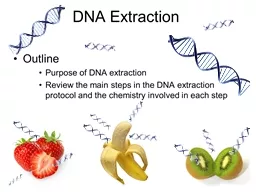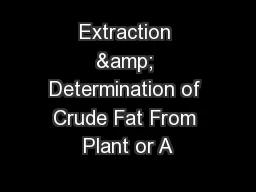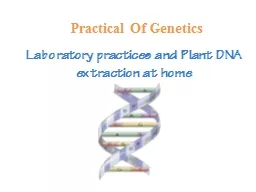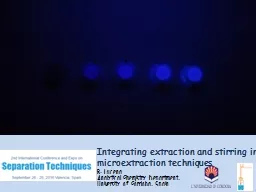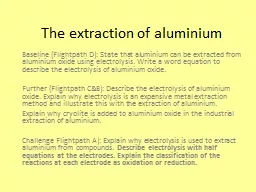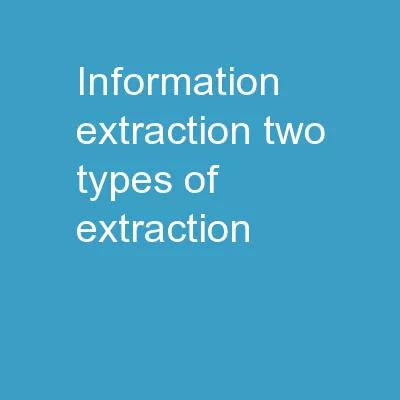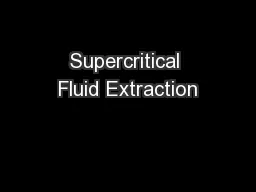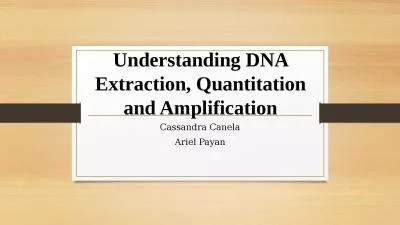PPT-Purpose of DNA Extraction
Author : natalia-silvester | Published Date : 2018-03-07
To obtain DNA in a relatively purified form which can be used for further investigations ie PCR sequencing etc Simple DNA extraction Alkaline cell lysis to break
Presentation Embed Code
Download Presentation
Download Presentation The PPT/PDF document "Purpose of DNA Extraction" is the property of its rightful owner. Permission is granted to download and print the materials on this website for personal, non-commercial use only, and to display it on your personal computer provided you do not modify the materials and that you retain all copyright notices contained in the materials. By downloading content from our website, you accept the terms of this agreement.
Purpose of DNA Extraction: Transcript
Download Rules Of Document
"Purpose of DNA Extraction"The content belongs to its owner. You may download and print it for personal use, without modification, and keep all copyright notices. By downloading, you agree to these terms.
Related Documents

